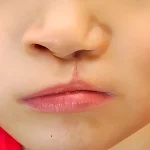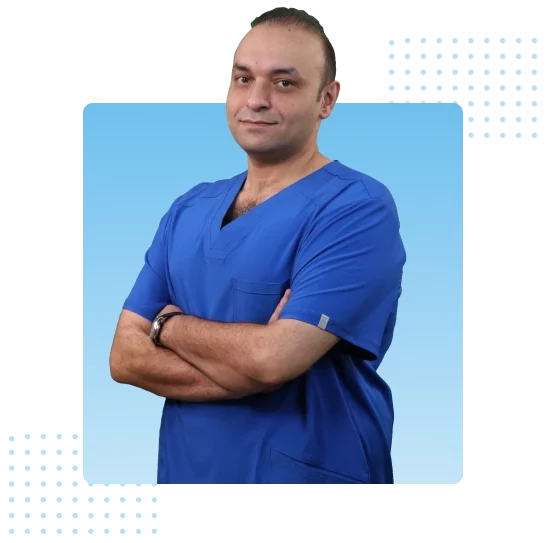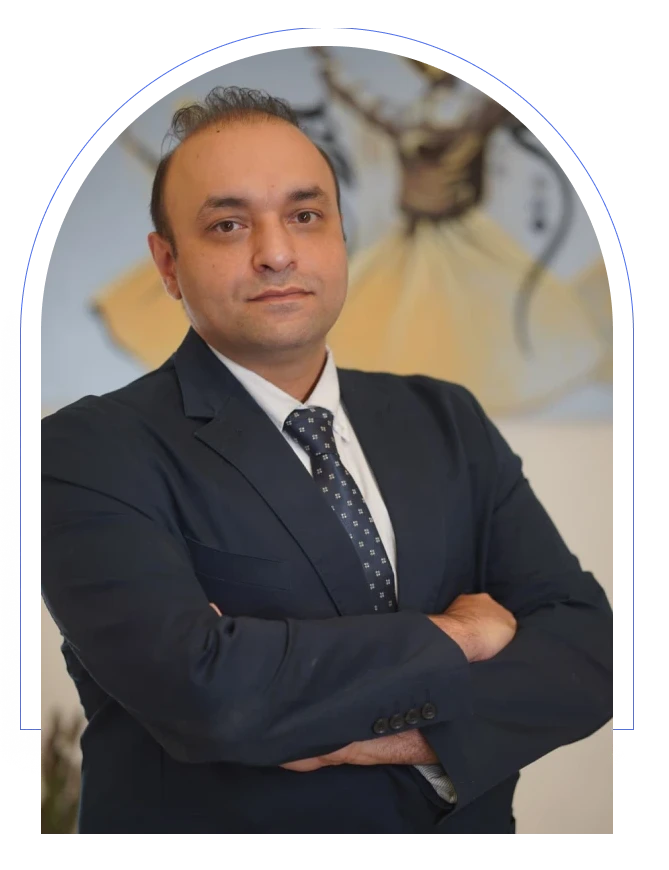The birth of a child is a momentous occasion, and discovering that your baby has a cleft lip or palate can bring a wave of questions and concerns. It’s a journey that may feel uncertain at first, but it’s one filled with hope, supported by incredible medical advancements. This leads to the most immediate question for parents: What is cleft lip and palate surgery?
Cleft lip and palate surgery is not a single procedure but a series of highly specialized reconstructive surgeries designed to repair the natural separations, or “clefts,” that occur in the upper lip and the roof of the mouth (palate). More than just a cosmetic fix, this surgery is a crucial, life-changing intervention. Its primary goals are to restore normal function for feeding and speech, prevent future medical complications, and create a natural facial appearance. This guide is here to walk you through this journey, providing clear, supportive information every step of the way.

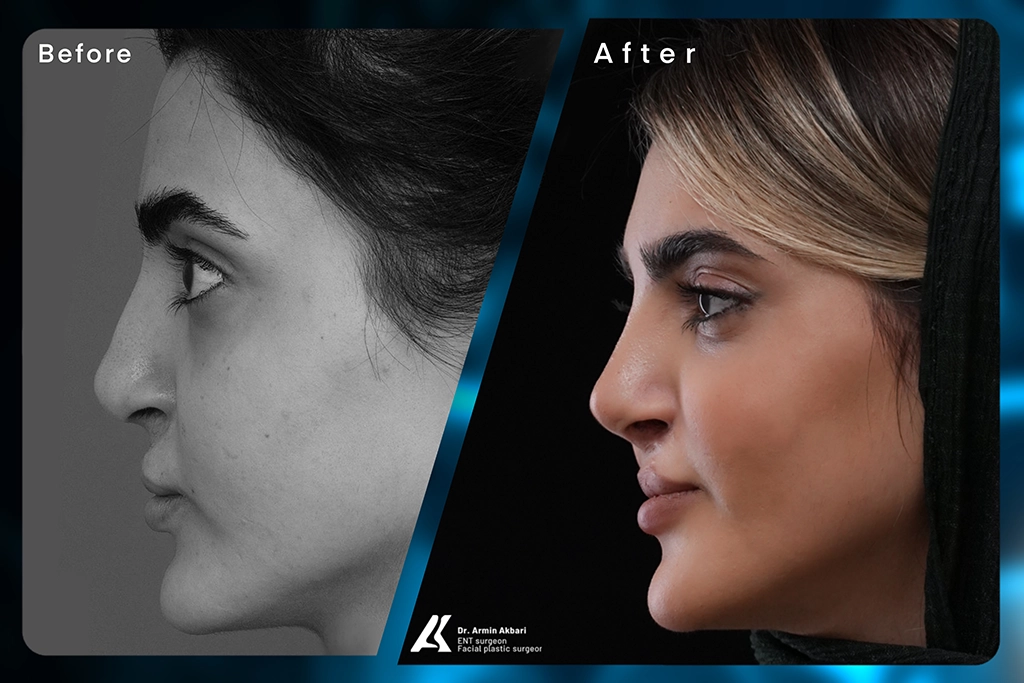

Understanding Cleft Lip and Palate: What Are They?
Before diving into the surgery, it’s helpful to understand the conditions themselves. A cleft is a gap or opening that forms when certain tissues in the face do not join together completely during early fetal development.
- Cleft Lip: This is a physical split in the upper lip that can range from a tiny notch in the pink part of the lip to a larger opening that extends up into the nose. It can occur on one side (unilateral) or both sides (bilateral).
- Cleft Palate: This is an opening in the roof of the mouth (the palate). This occurs when the two sides of the palate fail to fuse. A cleft palate can involve the hard palate (the bony front portion) and/or the soft palate (the soft back portion).
A child can be born with a cleft lip, a cleft palate, or both. These are among the most common birth differences globally, and importantly, they are highly treatable with a structured surgical plan.
Why is Cleft Lip and Palate Surgery Performed?
The reasons for performing these surgeries are fundamental to a child’s health and development. The intervention goes far beyond aesthetics to address a range of functional challenges.
- To Enable Normal Feeding: A cleft palate makes it very difficult for a baby to create the suction needed to breastfeed or drink from a standard bottle. Milk can pass from the mouth into the nasal cavity, creating feeding challenges and risk of poor nutrition. Surgery closes this gap, restoring the basic mechanics of feeding.
- To Support Clear Speech Development: The palate is essential for forming sounds and speaking clearly. Without a complete palate, air can escape through the nose during speech, resulting in a nasal-sounding voice that can be difficult for others to understand. Surgical repair creates the structure needed for normal speech development.
- To Reduce the Risk of Ear Infections and Hearing Issues: Children with a cleft palate are highly susceptible to middle ear infections because the muscles that control the Eustachian tube (which ventilates the middle ear) are often affected. Chronic infections can lead to hearing loss. Palate repair often includes the placement of tiny ventilation tubes in the eardrums to help prevent this.
- To Ensure Proper Dental Development: A cleft that extends through the upper gum line can affect how teeth come in, leading to missing, extra, or misaligned teeth. Surgery helps to create a better foundation for future dental and orthodontic care.
- To Improve Facial Aesthetics and Boost Confidence: The surgery masterfully repairs the lip and nose, creating a more natural facial appearance that can have a profound positive impact on a child’s self-esteem as they grow.
Who Might Not Be an Immediate Candidate for Cleft Surgery?
While surgery is the definitive treatment, timing is everything. A surgeon’s primary concern is the child’s safety and ensuring the best possible outcome. Therefore, surgery may be postponed if a child has certain health issues. A child might not be an immediate candidate if they:
- Are not healthy enough for anesthesia: The baby must be stable and strong enough to tolerate the surgical procedure. Conditions like a severe cold, breathing problems, or other infections will need to be resolved first.
- Have insufficient weight gain: Surgeons often follow the “rule of 10s” for cleft lip repair—the baby should be at least 10 weeks old, weigh at least 10 pounds, and have a healthy hemoglobin level of 10.
- Have other serious medical conditions: If a baby has a congenital heart condition or other significant health issues, those may need to be addressed and stabilized by specialists before cleft surgery is considered.
These factors don’t mean a child can’t have the surgery; they simply mean that the medical team will work to optimize the child’s health to ensure the surgery is performed at the safest possible time.
The Surgical Procedures Explained: Cleft Lip and Cleft Palate Repair
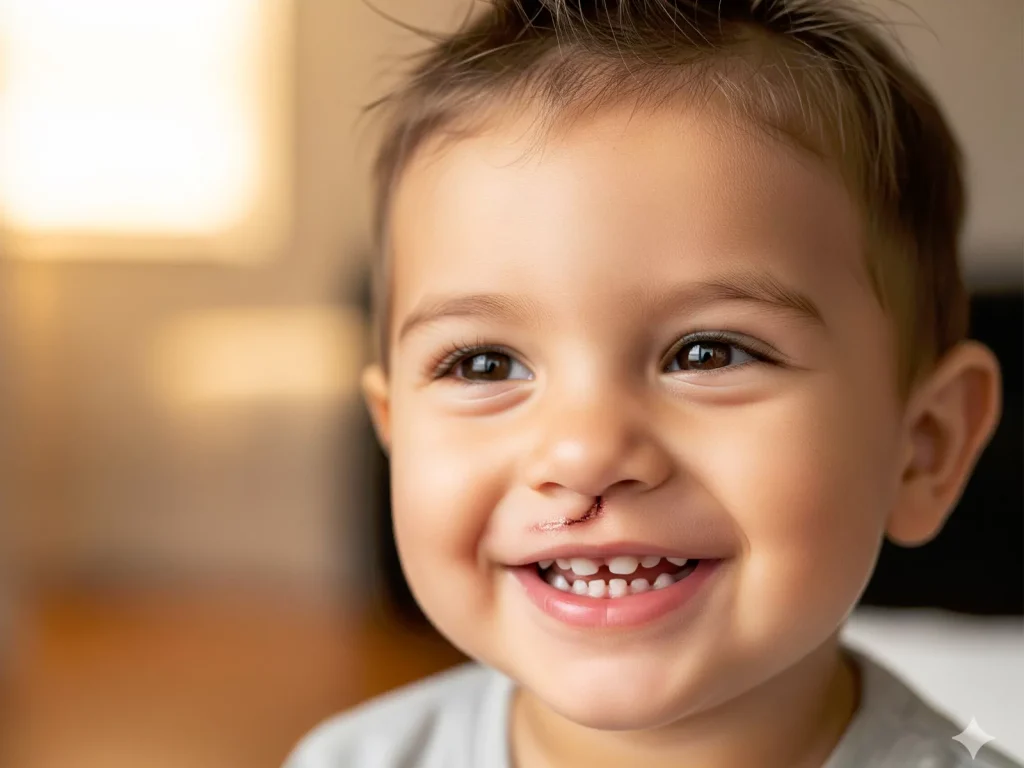
The surgical journey to repair a cleft is a staged process, with each surgery timed to coincide with key developmental milestones.
Stage 1: Cleft Lip Repair (Cheiloplasty)
This is typically the first surgery, performed when the baby is between 3 and 6 months old. The primary goal of cheiloplasty is to close the separation in the lip and improve the shape and symmetry of the nose.
During the procedure, the surgeon makes precise incisions on either side of the cleft. The tissues of the lip and nose are then carefully freed, rearranged, and sutured together. The surgeon meticulously realigns the complex muscles around the mouth to enable normal function and expression—a crucial step for a natural-looking smile. The repair is done in layers, closing the muscle, the underlying tissue, and finally the skin. The result is a unified upper lip and a more symmetrical nose, with a scar that is carefully placed in the natural lines of the lip and under the nose to be as inconspicuous as possible as it fades over time.
Stage 2: Cleft Palate Repair (Palatoplasty)
Cleft palate repair is usually performed when the child is between 9 and 18 months old. This timing is chosen to allow for the natural growth of the palate while aiming to have the repair complete before the child begins to develop advanced speech patterns.
The main goal of palatoplasty is to close the opening between the nose and the mouth. During surgery, the surgeon makes incisions along the sides of the cleft. The tissues and muscles of the palate are then repositioned from the sides to the middle of the roof of the mouth and stitched together. This complex repair reconstructs the “soft palate,” which is the muscular portion at the back of the mouth critical for speech. This muscle sling is what allows the palate to close off the nasal passages when we speak and swallow.
Follow-Up Surgeries
Depending on the severity and type of cleft, additional surgeries may be needed as the child grows. These can include:
- Alveolar Bone Graft: Performed between ages 8 and 12, this procedure places bone (often from the hip) into the gum line to provide stability for the erupting permanent teeth.
- Rhinoplasty and Septoplasty: Further surgery on the nose may be performed during the teenage years to improve its appearance and function once facial growth is complete.
- Jaw Surgery: In some cases, the growth of the upper jaw may be affected, requiring corrective jaw surgery in the late teens.
Life After Surgery: Recovery and Long-Term Care
Post-operative care is crucial for healing and achieving the best long-term results.
Immediate Post-Operative Care
After surgery, the child will be monitored closely in a recovery area. The lip suture line will need to be kept clean and protected. The baby may have soft arm restraints (“no-nos”) to prevent them from accidentally touching or scratching the incision site. Some swelling, bruising, and mild discomfort are normal and can be managed with pain medication.
Feeding After Surgery
Feeding methods will need to be temporarily adjusted. After lip surgery, the baby may not be able to create suction, so feeding with a special bottle or syringe may be necessary for a short time. After palate surgery, the child will be on a liquid or soft food diet for several weeks to protect the delicate repair. The medical team will provide detailed guidance on feeding techniques.
Long-Term Outlook: Speech, Dental, and Hearing Care
Repairing a cleft is more than just surgery; it’s a long-term process involving a team of specialists.
- Speech Therapy: After palate surgery, a speech-language pathologist will monitor the child’s speech development and provide therapy if needed to help them produce sounds correctly.
- Dental and Orthodontic Care: A pediatric dentist and an orthodontist will oversee the child’s dental health, addressing any issues with missing or misaligned teeth. Braces are often a part of the treatment plan.
- Hearing Care: Regular hearing checks with an audiologist and care from an ENT (Ear, Nose, and Throat) specialist are essential to manage any middle ear fluid and prevent hearing loss.
The Importance of a Multidisciplinary Care Team
Successful cleft treatment is a team effort. The best outcomes are achieved when a coordinated, multidisciplinary team of specialists works together to manage the child’s care from infancy through to early adulthood. This team often includes a plastic surgeon, an ENT specialist, an oral surgeon, an orthodontist, a speech-language pathologist, an audiologist, a pediatrician, and a social worker or psychologist.
Choosing the Right Surgeon and Care Team
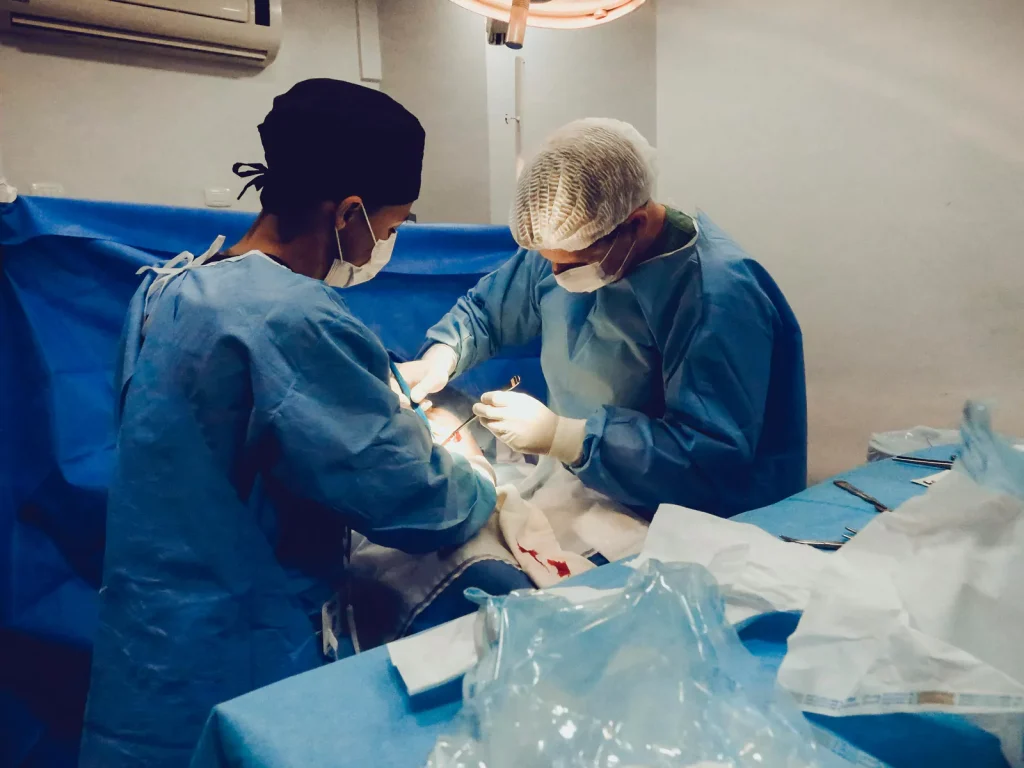
Navigating the complexities of cleft care requires placing your child in the hands of a highly skilled and experienced surgeon. You should look for a board-certified plastic surgeon or an ENT specialist with a fellowship or extensive experience in craniofacial surgery.
For those seeking expert care in Iran, Dr. Armin Akbari is a distinguished ENT specialist and cosmetic surgeon with a profound understanding of complex facial anatomy. His experience in reconstructive procedures makes him exceptionally qualified to handle the delicate nature of cleft lip and palate repair.
Dr. Akbari’s credentials reflect his commitment to excellence:
- Board-Certified from Tehran University: A mark of his rigorous and comprehensive training.
- Member of the Iranian Society of Rhinoplasty and Facial Plastic Surgeons: Demonstrating his dedication to the highest standards in his field.
- A Record of Over 10,000 Successful Surgeries: Highlighting his vast surgical experience and the trust he has built with countless patients and families.
To begin a conversation with an expert who can guide you through this journey, we encourage you to reach out. Please fill out the contact form below to connect with Dr. Armin Akbari’s team. We will contact you as soon as possible to provide support and schedule a consultation.
Frequently Asked Questions (FAQ)
The exact cause is often unknown. It’s believed to be a combination of genetic factors (family history) and environmental factors (like certain medications or nutritional deficiencies during pregnancy). In most cases, it is not the result of anything the mother did or did not do.
Surgeons are experts at placing incisions along natural lines to minimize scarring. While a scar will always be present, it typically fades significantly over time and becomes much less conspicuous.
The vast majority of children who undergo palate repair develop normal or near-normal speech. Some may require speech therapy for a period to help them learn to use their newly repaired palate correctly.
Hospital stays are typically short, usually just 1 to 3 days after each surgery, to allow the medical team to monitor the child’s recovery and ensure they are feeding well before going home.
A cleft lip can often be detected during a routine prenatal ultrasound. A cleft palate without a cleft lip is much more difficult to see on an ultrasound and is frequently not diagnosed until after the baby is born.

